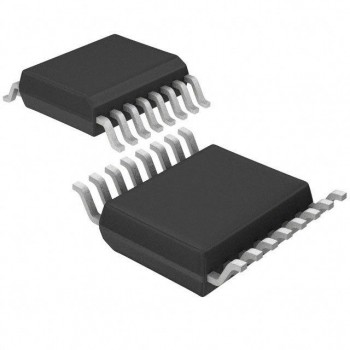Flash drives, also known as USB flash drives or thumb drives, are portable storage devices that have become an essential tool for transferring and storing data in today's digital age. These compact and versatile devices have revolutionized the way we store, share, and access information. In this article, we will provide a comprehensive guide to flash drives, including their history, types, features, and applications.

History of Flash Drives
The concept of flash memory, the technology behind flash drives, was first introduced in the 1980s by Dr. Fujio Masuoka, a Japanese engineer working for Toshiba. The first commercial flash drive, known as the "DiskOnChip," was introduced by M-Systems in 1995. This early version of the flash drive had a limited storage capacity and was primarily used for data storage in embedded systems.
Over the years, flash memory technology continued to evolve, leading to the development of smaller, faster, and higher-capacity flash drives. Today, flash drives are available in various capacities ranging from a few gigabytes to several terabytes, making them an indispensable tool for storing and transferring large amounts of data.
Types of Flash Drives
There are several types of flash drives available on the market, each designed for specific applications and user needs. Some of the common types include:
1. Standard USB Flash Drives: These are the most common type of flash drives and are equipped with a USB connector for easy plug-and-play functionality. They are available in various storage capacities and are widely used for storing and transferring files between devices.
2. Secure USB Flash Drives: These flash drives come with built-in encryption and security features to protect sensitive data from unauthorized access. They are commonly used by professionals, businesses, and government agencies to store confidential information securely.
3. High-Speed USB Flash Drives: These flash drives are designed for users who require fast data transfer speeds. They are equipped with USB 3.0 or USB 3.1 interfaces, which offer significantly faster transfer rates compared to standard USB 2.0 drives.
4. OTG (On-The-Go) Flash Drives: These flash drives are equipped with both a USB connector and a micro USB or USB-C connector, allowing them to be used with smartphones, tablets, and other mobile devices. They are ideal for transferring files between mobile devices and computers.
Features of Flash Drives
Flash drives come with a range of features that make them versatile and user-friendly. Some of the key features include:
1. Plug-and-Play Functionality: Flash drives can be easily plugged into a USB port on a computer or other device without the need for additional drivers or software installation.
2. Compact and Portable: Flash drives are small and lightweight, making them easy to carry around and store in a pocket, purse, or keychain.
3. High Storage Capacity: Flash drives are available in various storage capacities, ranging from a few gigabytes to several terabytes, allowing users to store large amounts of data.
4. Durability: Flash drives are built to be durable and resistant to shock, vibration, and temperature fluctuations, making them ideal for use in various environments.
Applications of Flash Drives
Flash drives have a wide range of applications in both personal and professional settings. Some of the common uses include:
1. Data Storage and Backup: Flash drives are commonly used to store and backup files, photos, videos, and other data, providing a convenient and portable storage solution.
2. File Transfer: Flash drives are used to transfer files between computers, laptops, smartphones, tablets, and other devices quickly and easily.
3. Software Installation: Flash drives can be used to install and run portable applications and software on different computers without the need for installation.
4. Bootable Drives: Flash drives can be used to create bootable drives for installing or repairing operating systems on computers.
In conclusion, flash drives are versatile and indispensable tools for storing, transferring, and accessing data in today's digital world. With their compact size, high storage capacity, and user-friendly features, flash drives have become a must-have accessory for individuals, businesses, and organizations looking for a convenient and portable storage solution.

